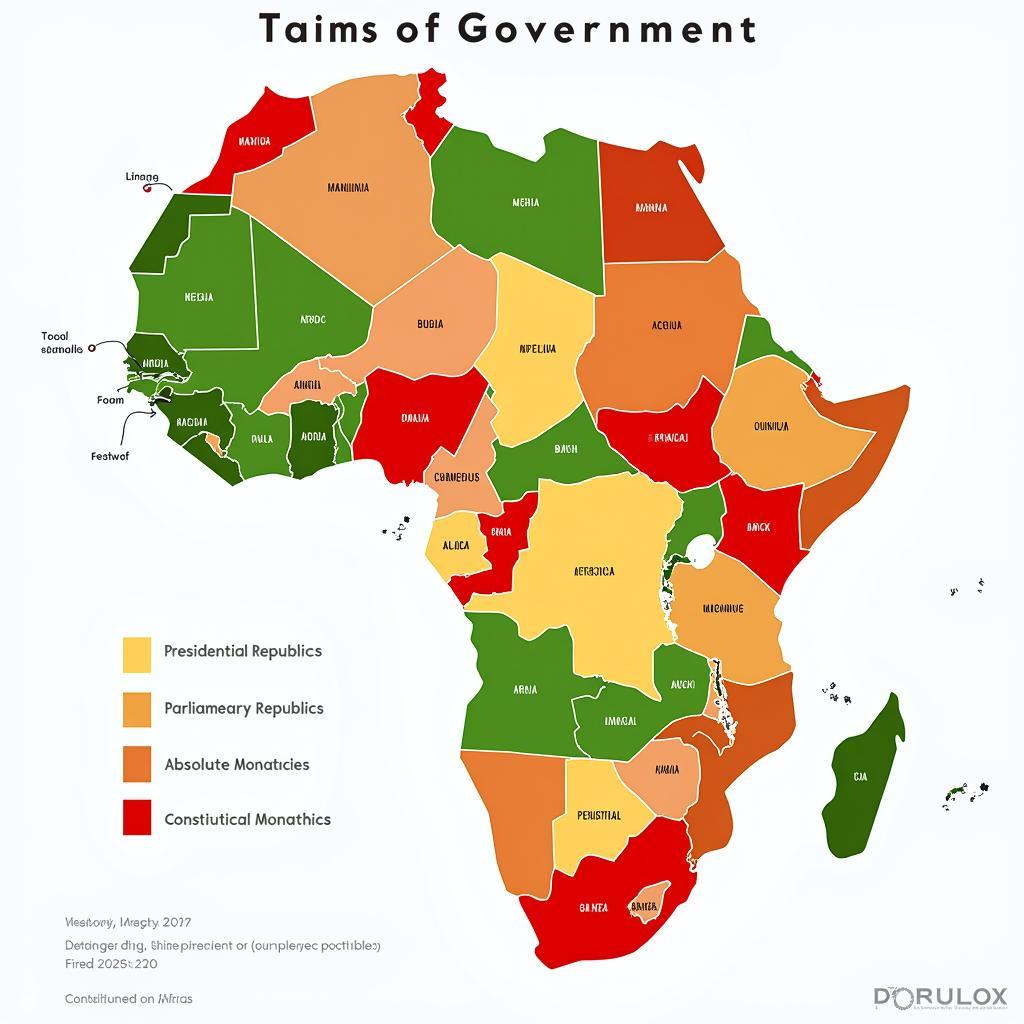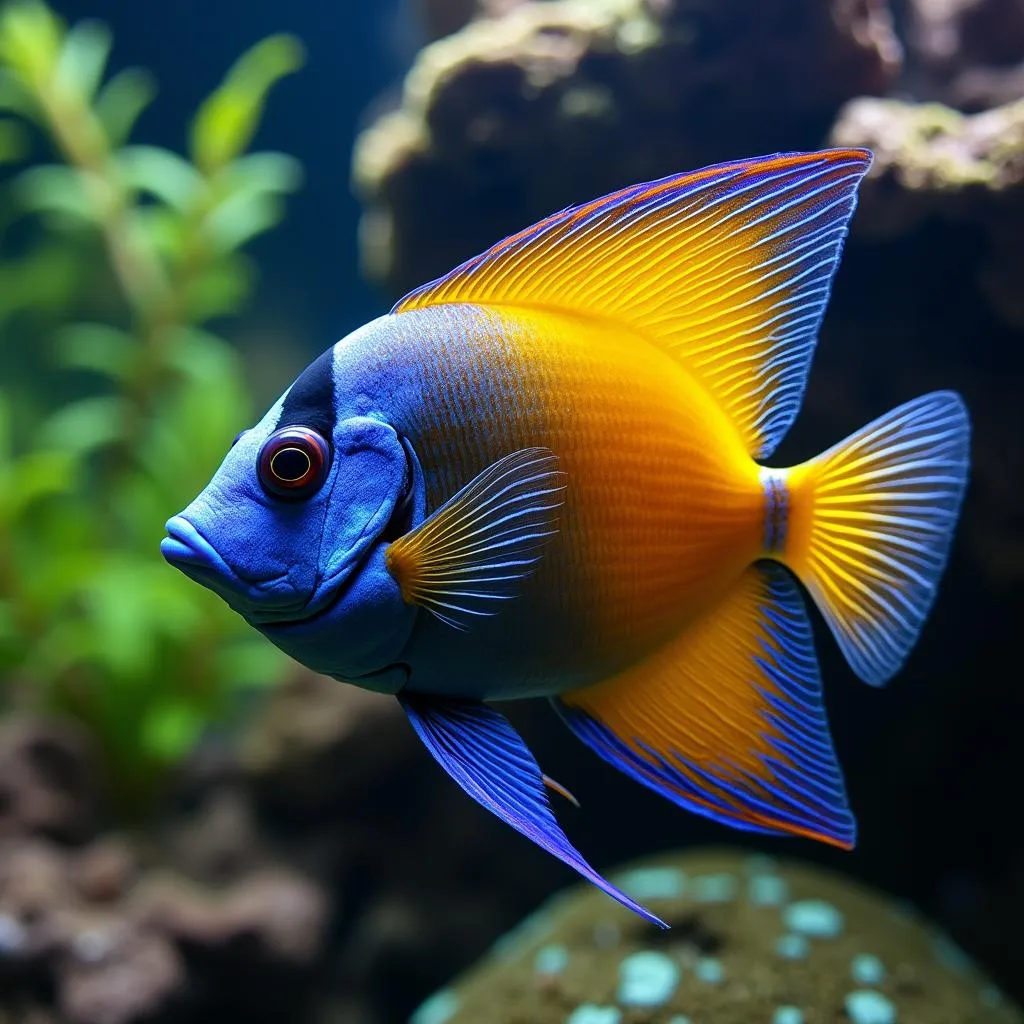African Elephant Images HD: A Guide to Identifying and Capturing the Majestic Giants
African elephants are magnificent creatures, and their imposing size and distinctive features make them a favorite subject for photographers and wildlife enthusiasts alike. From the vast savannas of Kenya to the dense rainforests of Gabon, these intelligent and social animals are a symbol of the African continent’s beauty and wildness.
Exploring the World of African Elephant Photography
Capturing breathtaking images of African elephants requires patience, skill, and an understanding of their natural behavior. Whether you’re a seasoned photographer or just starting out, knowing where to look for these majestic giants and how to capture their essence can make all the difference.
Where to Find African Elephants
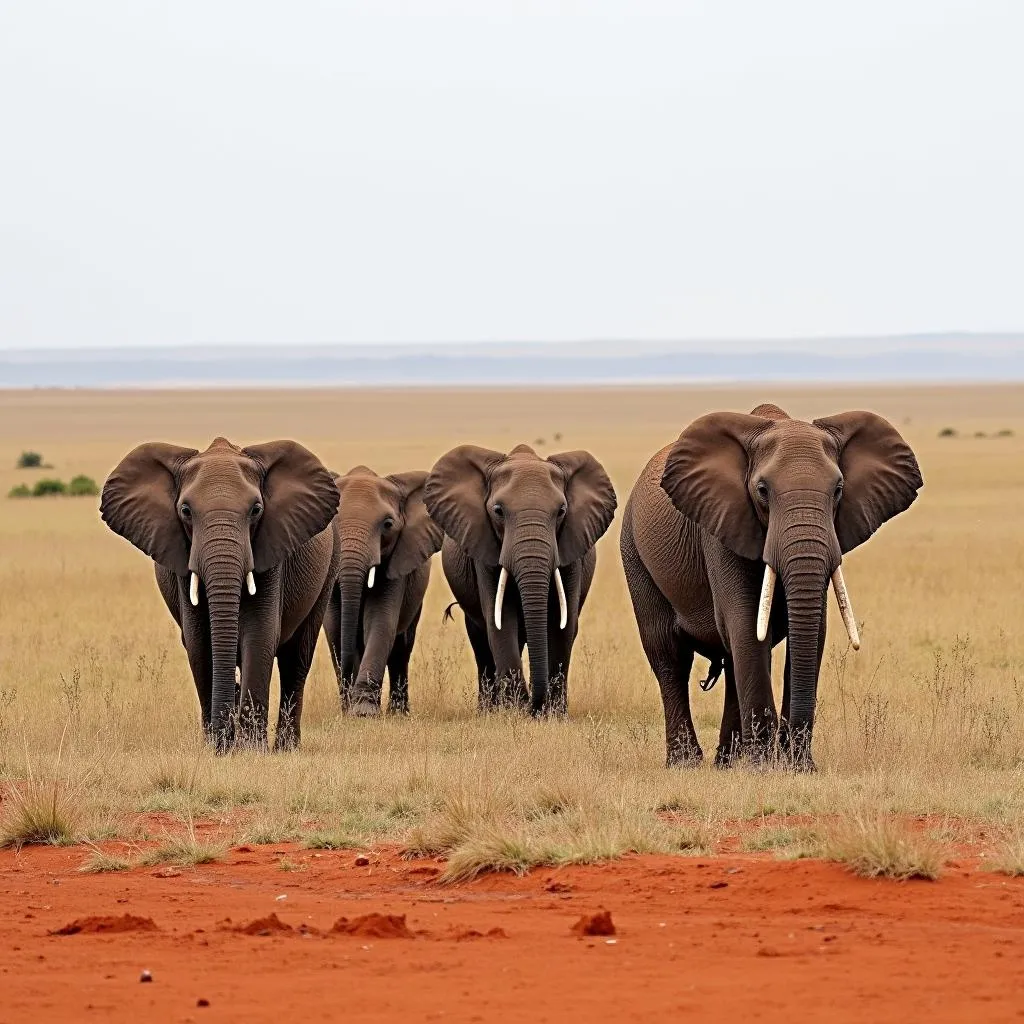 African elephant herd in the savanna
African elephant herd in the savanna
The African elephant’s distribution is vast, encompassing a wide range of habitats across sub-Saharan Africa. Here are some popular destinations for witnessing these giants:
-
The Serengeti National Park, Tanzania: This world-renowned park is home to a diverse population of elephants that roam the vast plains, offering ample opportunities for captivating photographs.
-
Kruger National Park, South Africa: The largest national park in South Africa, Kruger offers a diverse ecosystem where elephants can be observed in various settings, from open plains to dense riverine forests.
-
Amboseli National Park, Kenya: Located at the foot of Mount Kilimanjaro, Amboseli is known for its impressive herds of elephants that graze against the backdrop of the iconic mountain.
-
Chobe National Park, Botswana: This park boasts one of the highest concentrations of elephants in Africa, providing incredible opportunities to witness these animals in their natural environment.
Capturing Stunning Elephant Images
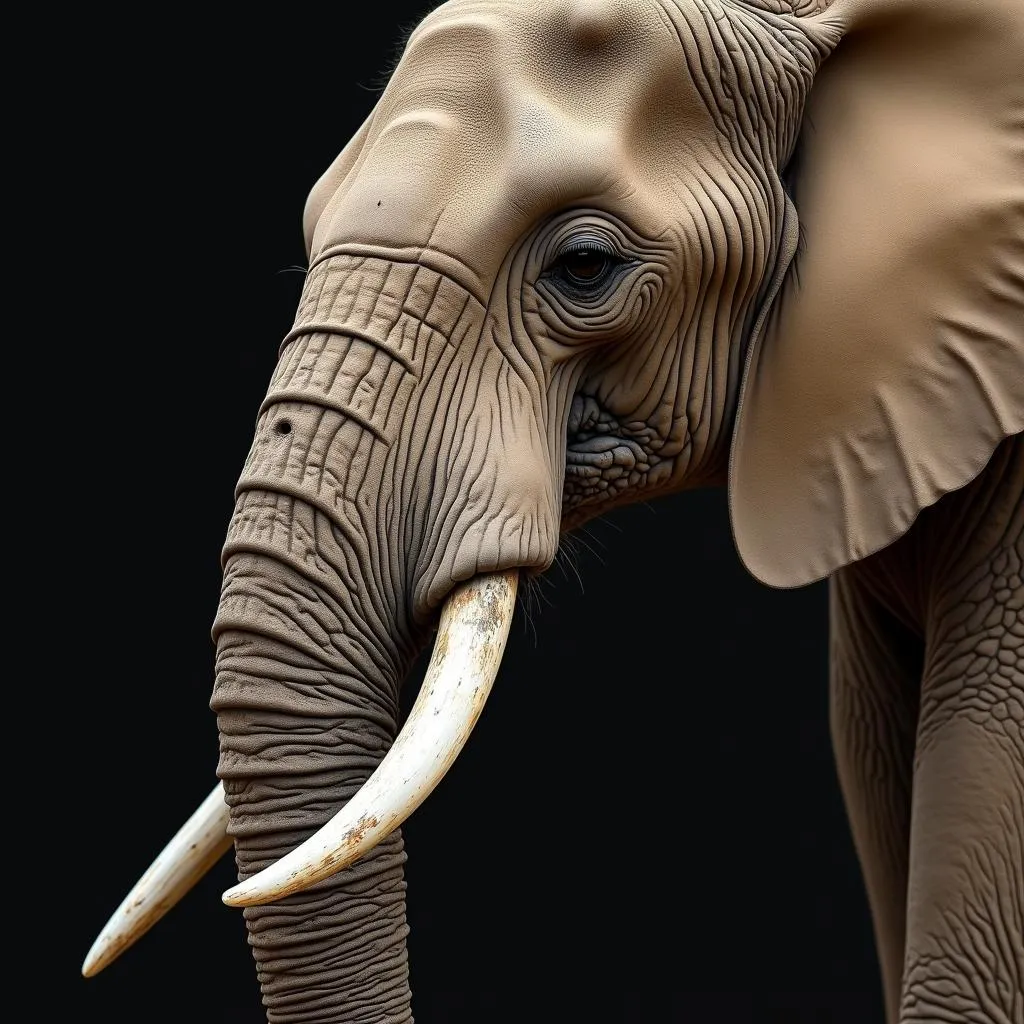 Close-up of an African elephant's trunk
Close-up of an African elephant's trunk
Here are some tips for capturing stunning images of African elephants:
-
Use a long lens: A telephoto lens (200mm or longer) is essential for capturing elephants from a safe distance.
-
Capture their natural behavior: Focus on capturing the elephants’ unique behaviors, such as feeding, bathing, or socializing.
-
Utilize different angles: Experiment with different perspectives, such as eye-level or low-angle shots, to create dynamic and interesting compositions.
-
Pay attention to lighting: Early morning and late evening offer soft, golden light that can enhance the colors and textures of the elephant’s skin.
Identifying African Elephant Species
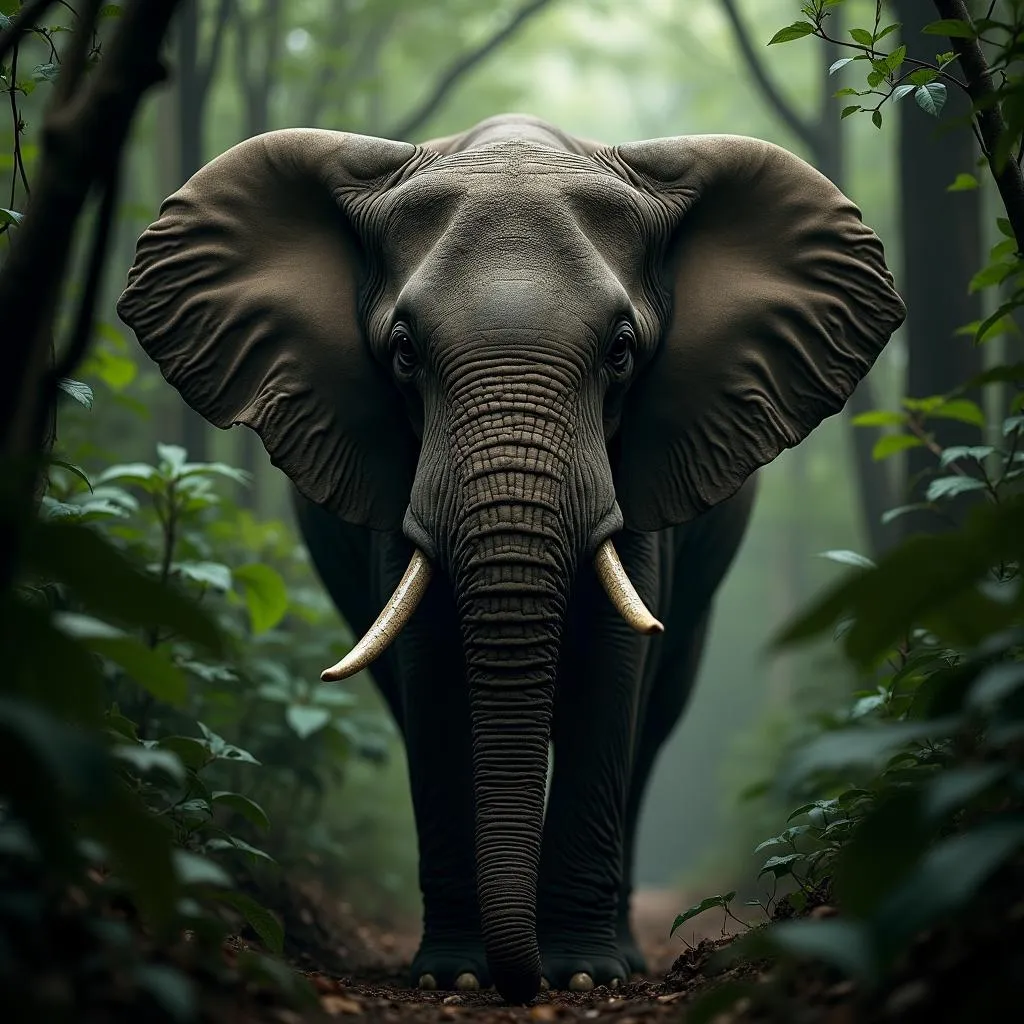 An African forest elephant camouflaged in the rainforest
An African forest elephant camouflaged in the rainforest
There are two distinct African elephant species:
-
African bush elephant (Loxodonta africana): This species is the largest land animal on Earth, with a wide distribution across savannas and grasslands.
-
African forest elephant (Loxodonta cyclotis): Found in Central and West African rainforests, the African forest elephant is smaller than its bush counterpart and has more rounded ears.
The Importance of Protecting African Elephants
“It’s vital to remember that African elephants face numerous threats, including habitat loss, poaching, and human-wildlife conflict. We must continue to raise awareness about these threats and support conservation efforts to ensure the survival of these magnificent creatures,” says Dr. Emily Peterson, a renowned wildlife biologist.
Frequently Asked Questions
Q: What are the differences between African and Asian elephants?
A: While both species are large, there are several key differences. African elephants have larger ears, a concave back, and a single, prehensile trunk. Asian elephants have smaller ears, a convex back, and a double trunk.
Q: What is the average lifespan of an African elephant?
A: African elephants can live for up to 70 years in the wild.
Q: What is the best time of year to see African elephants?
A: The best time to see African elephants depends on the specific region. However, generally, the dry season (May to October) offers better viewing opportunities due to reduced vegetation.
Q: How can I help protect African elephants?
A: You can support conservation efforts by donating to reputable organizations, choosing sustainable tourism options, and raising awareness about the threats facing elephants.
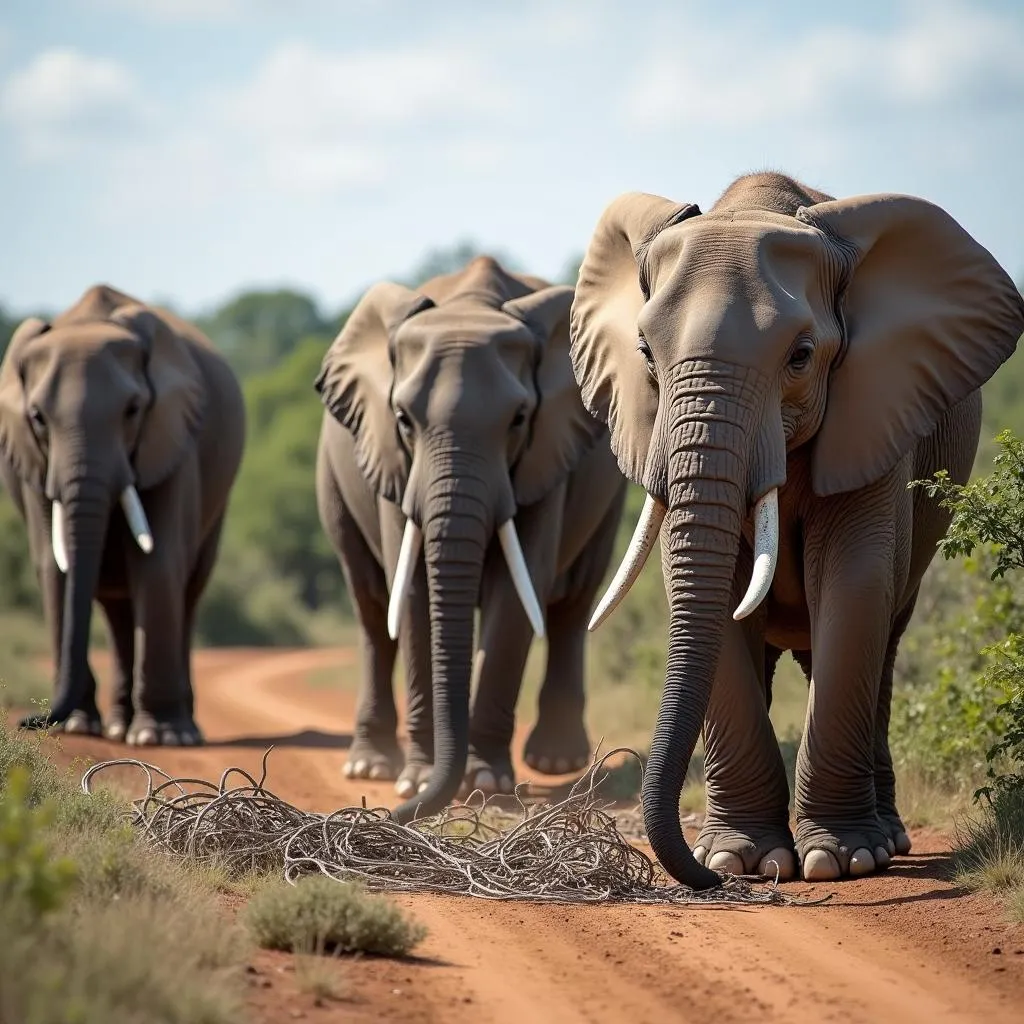 A group of volunteers working on African elephant conservation efforts
A group of volunteers working on African elephant conservation efforts
Conclusion
African Elephant Images Hd offer a glimpse into the lives of these majestic creatures, reminding us of their importance in the African ecosystem and our responsibility to protect them. By understanding their behavior and habitats, we can capture their essence and contribute to their conservation.
Remember to always respect these animals and their environment, and prioritize their welfare while seeking those awe-inspiring photographs. If you’re planning a safari to see African elephants, be sure to choose responsible tour operators who prioritize wildlife conservation.


